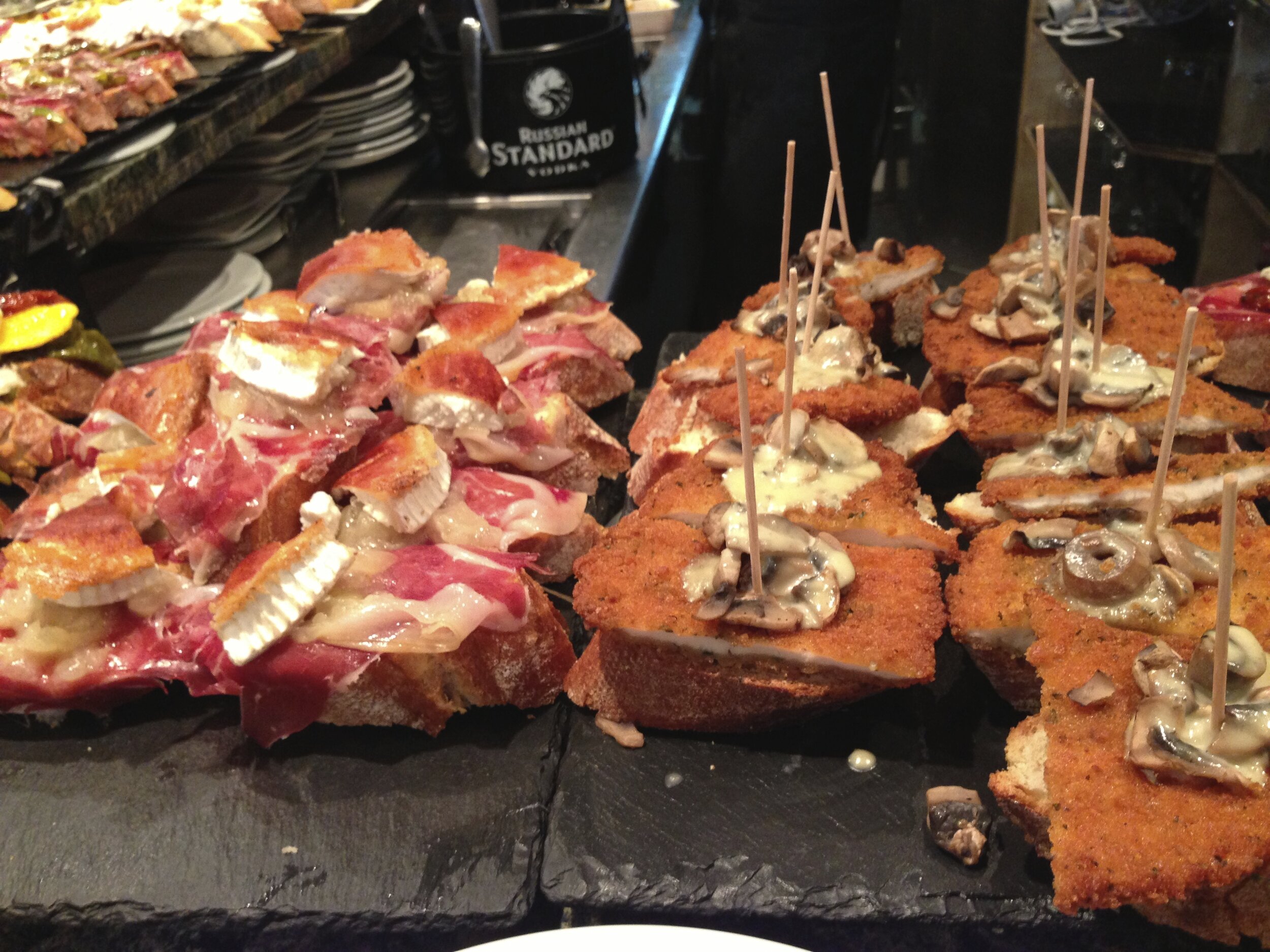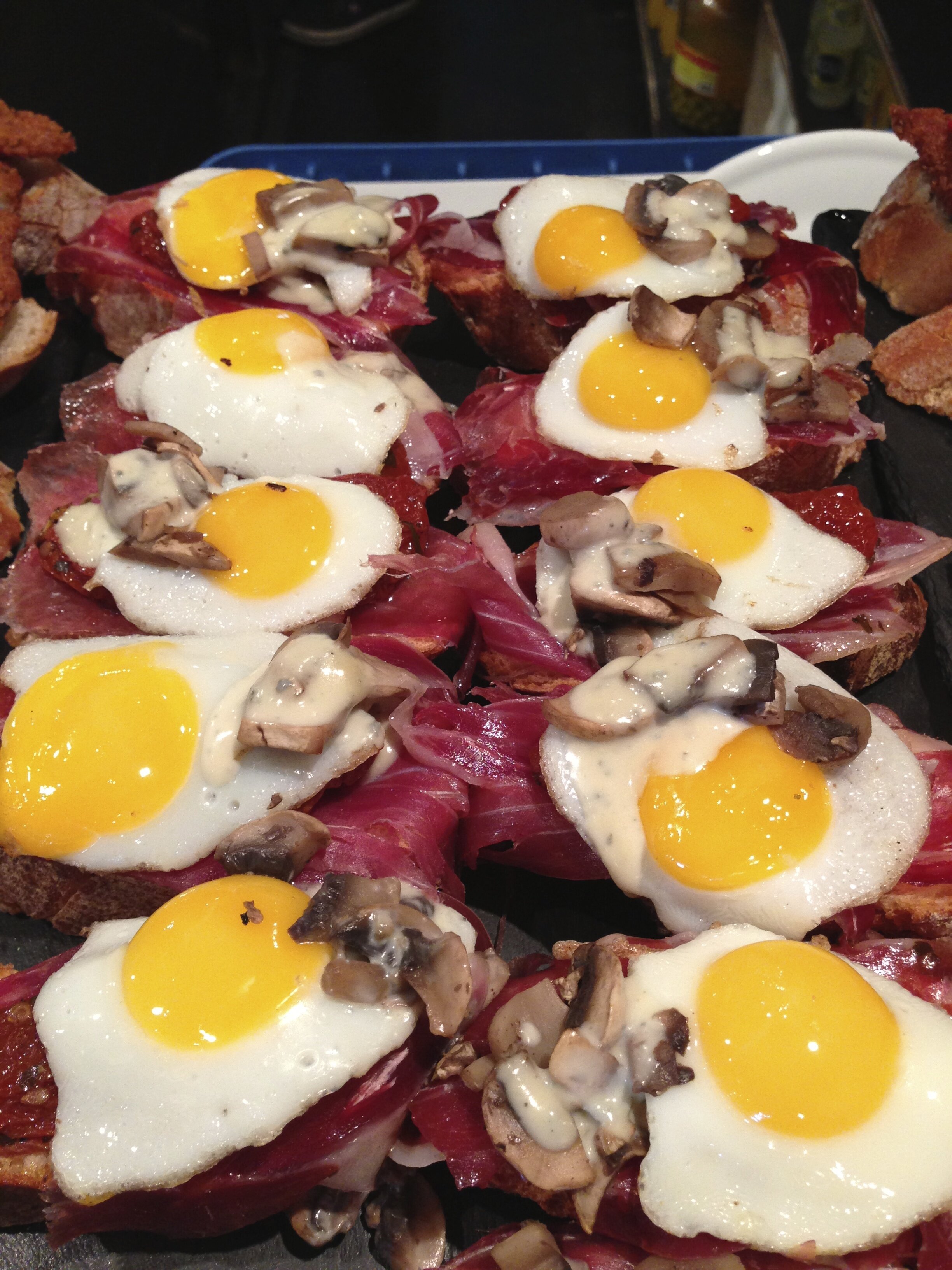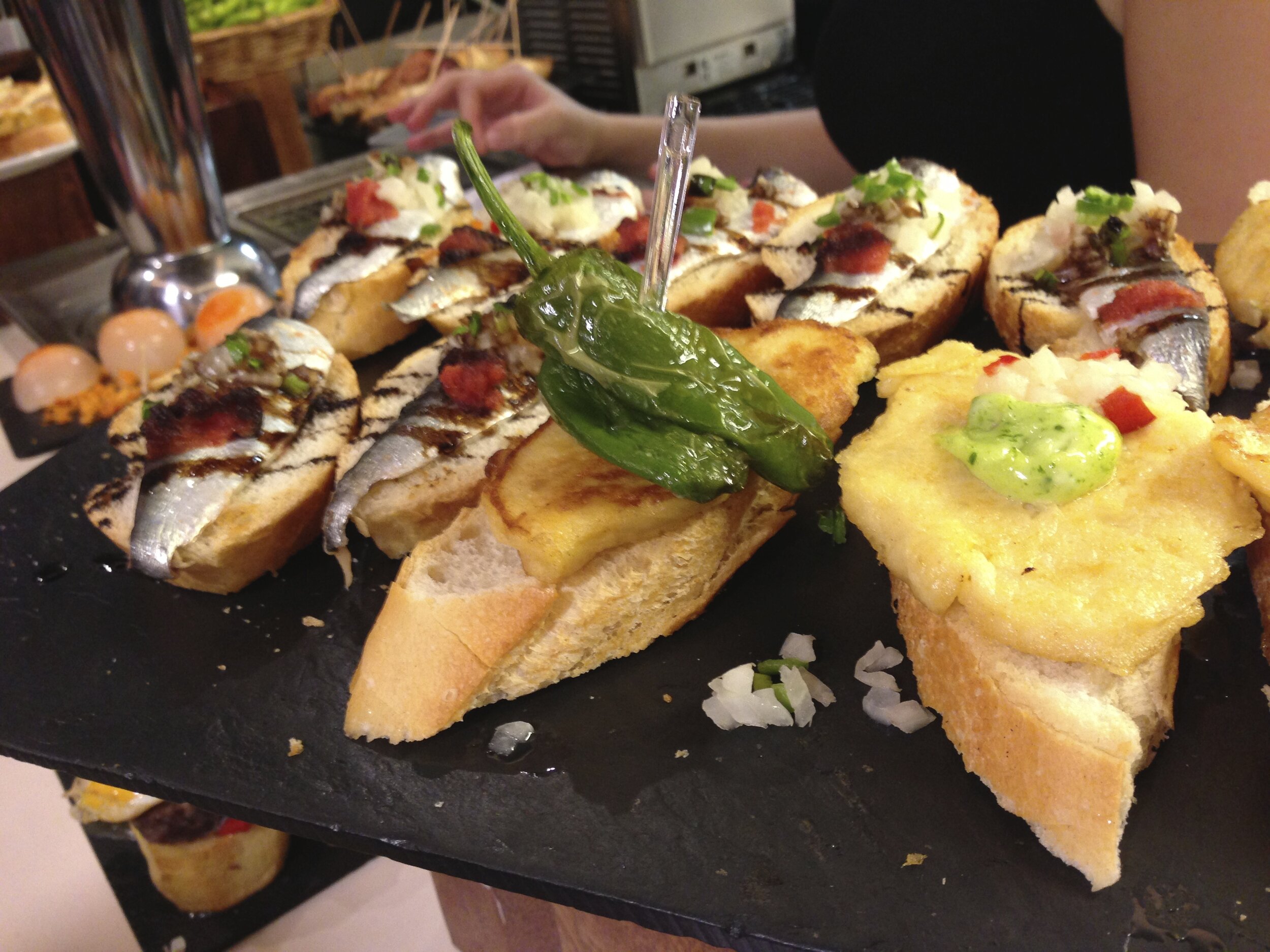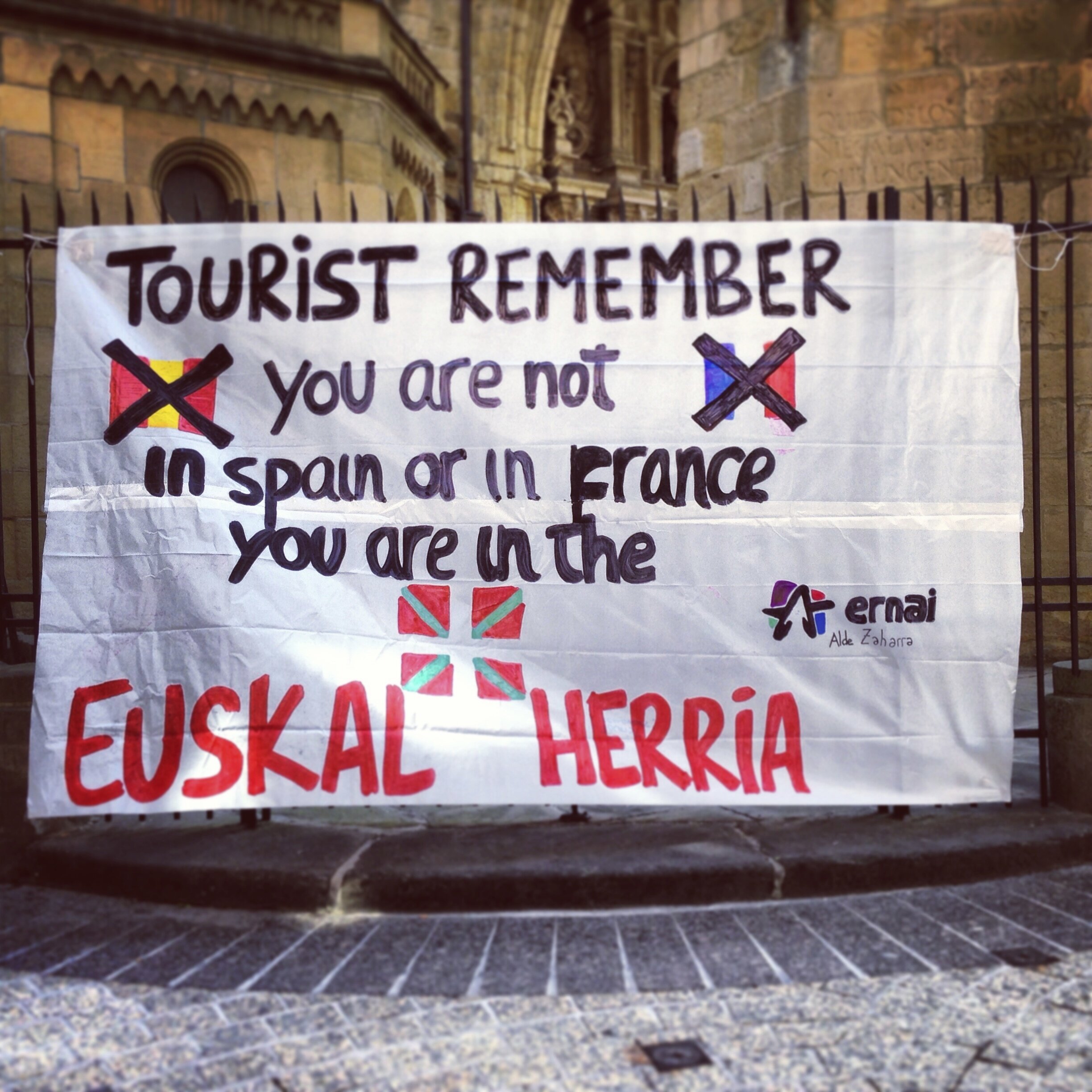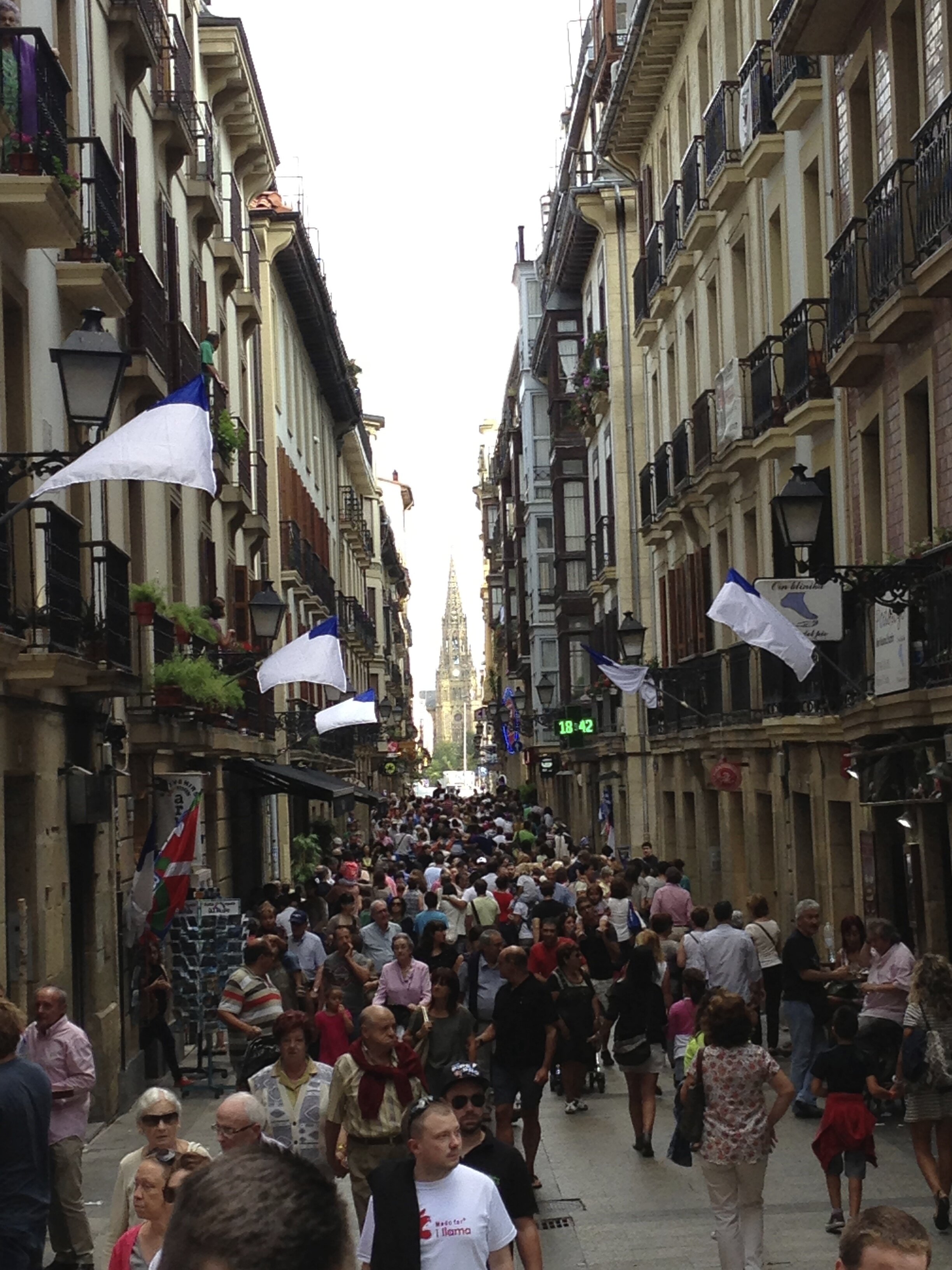Pintxos, Pintxos and MORE PINTXOS in Spain's Basque Country
In this blog series I want to go back to the basics of why I love to travel, and I know many of you do too: because you’re curious. Curious to learn more about a new culture, curious to learn more about different ways of living life, curious to try new foods, learn about new customs and broaden your worldview. In this blog series we’ll be sharing and learning about different corners of the world, highlighting some of our favorite storytellers who can bring these stories to life on a future trip, and helping you, albeit virtually, indulge your love and curiosity to travel.
Today we’re learning about two of my favorite things in Spain: the Basque Country + Pintxos
I’m frequently asked about the Basque Country - where is it, what is it, and why can’t I find it on my map? This blog post is really about one of my favorites travel past-times (eating!) in the Basque Country, but let me try to answer a few of your contextual questions first:
The Basque Country is an autonomous and historic region, located in NW Spain, crossing into SW France, and butts up against the Pyrenees Mountain range. So it’s a little part Spain, a little part France, and a WHOLE LOTTA GOODNESS. Take a look at the image below (thanks, Rick Steves!) to see the region on a map.
Some of the bigger cities in this area, that you might have heard of before, include these two cities in Spain: San Sebastian and Bilbao (home of the world-famous Guggenheim Museum) and across the French border: Saint-Jean-de-Luz and Biarritz.
Now the autonomy enjoyed in the region today has come at a price, and it hasn’t always been pretty. We’re not going to dive into all those details today, but feel free to read more here.
In this region you’ll find a unique language (Euskara) its own flag, traditions, customs and a dynamic food tradition (more on that below!)
OK now that we’ve established this set-up, let’s get to one of my favorite parts of traveling to the Basque Country: THE FOOD! THE WINE! THE RESTAURANTS! I spent time in the Basque Country with my Mom a few years back, and have since sent many clients on amazing adventures to the region. While there is a LOT to see/do/experience in this area, you could also just build an entire visit around food, and I promise you’ll be more than satisfied! To share more about the food culture, traditions, and what makes this such a delicious region to visit, I reached out to Cristina Castellanos Stephens, owner of Eat One, Feed One, a company that offers food tours in San Sebastian that not only deliver great experiences, but also social impact. For each person that joins one of their tours, the company makes a donation to local and regional charities that support hunger-related needs.
Q: I’ve read that there are nearly 40 Michelin-starred restaurants in the Basque Country. How did this region become such a culinary hot-spot?
Food culture has always been important here. The Day of San Sebastian is celebrated with a 24h drumming parade and festivities where people dress up as chefs, people gather in ¨Food societies¨ where food and cooking are the main attraction!
During the 1970’s there was a ‘food revolution’ led by Juan Mari Arzak, Pedro Subijana and ten other Basque chefs who went to France to study the Nouvelle cuisine movement led by Paul Bocuse. When they returned they revolutionized the way we eat in the Basque Country. They rescued traditional Basque recipes, created a close relationship to producers, started paying them more to get the best quality ingredients and worked together to create ‘La nueva cocina Vasca’ or the Nouevelle Basque cuisine.
Q: In the Basque Region you’ll find pintxos bars (pronounced ‘peen-cho’s’) instead of tapas bars. What is the difference?
Ah great question! What makes San Sebastian great in regards to food is not just the Michelin starred restaurants but also the bars! Bars in Spain mean food plays an important role, it's not just the drinks.
With the food revolution, chefs paid more attention to how they presented their dishes, they made them smaller and made sure they had top quality ingredients. This way of cooking is taken to bars too, where instead of sitting down and having big portions, you have smaller, more delicate, more gourmet, more delicious smaller portions of food that you enjoy with drinks and friends as you bar hop, or food hop, to try and find the best pintxos in each bar.
Many bars will have a cold and hot selection to choose from, the secret is in finding the ones you like the best and leaving room to go on to the next place to keep exploring!
There are many differences with tapas but the main difference is a regional one, everywhere in Spain you can find tapas, sometimes you get them included in the price of your drink, sometimes you sit whilst you share a plate. Pintxos only come from the Basque Country, they tend to be individual portions of food you can have in 2-3 bites or more complex where you might need a fork or spoon to eat it with. Pintxos are so important we use it as a verb ‘to go out for pintxos’ where you’ll eat and socialize.
Q: What do you think is the best way to experience the Basque food culture while on vacation in the area?
Come hungry! Come curious and open minded! Basque people are very proud of their heritage and rightly so, it’s a unique and wonderful place which is better understood through the food. History and culture are completely intertwined with the culinary way of socializing.
I think the best way to experience the Basque Country is to have a combination of the sea, the mountains and the city and enjoy the food in each setting. Combine a Michelin starred dinner with a Pintxos outing, learn how to do it and enjoy it and, if you still have room go to a cider house to taste Basque cider paired with a traditional cider house menu.
Spain is an incredible place to visit, and there is SO MUCH to see! From the culture and all-things-Gaudi in Barcelona, the art in Madrid, the flamenco and Moorish roots in the Andalusia region, the Basque Country, and so many corners in between. Click here to view photos from our past travels to Spain.
And be sure to include Spain - and specifically the Basque Country - on your list of future travel destinations. And before you go, and certainly while you’re there, take a moment to really appreciate what makes this region so unique and different from other corners of Spain. And try allllllll the food you can :)
Here’s to staying curious, and continuing to use travel as a vehicle to learn and expand our world view!
Mary + the Living Big Travel team

